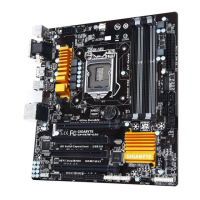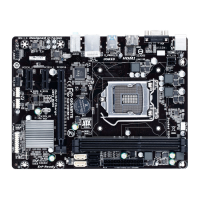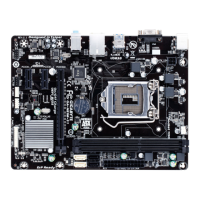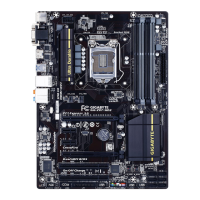- 18 -
2-1 Startup Screen
The following startup Logo screen will appear when the computer boots.
(SampleBIOSVersion:F1f)
Function Keys
• When the system is not stable as usual, select the LoadOptimizedDefaults item to set your system to its defaults.
• The BIOS Setup menus described in this chapter are for reference only and may differ by BIOS version.
2-2 M.I.T.
Whether the system will work stably with the overclock/overvoltage settings you made is dependent on your overall
systemcongurations.Incorrectlydoingoverclock/overvoltagemayresultindamagetoCPU,chipset,ormemory
and reduce the useful life of these components. This page is for advanced users only and we recommend you not to
alterthedefaultsettingstopreventsysteminstabilityorotherunexpectedresults.(Inadequatelyalteringthesettings
mayresultinsystem'sfailuretoboot.Ifthisoccurs,cleartheCMOSvaluesandresettheboardtodefaultvalues.)
This section provides information on the BIOS version, CPU base clock, CPU frequency, memory frequency,
totalmemorysize,CPUtemperature,Vcore,andmemoryvoltage.
There are two different BIOS modes as follows and you can use the <F2> key to switch between these modes.
TheStartupGuidescreen(default)simpliesconventionalcomplicatedBIOSsetupmenusandpresentsonly
themostfrequentlyusedoptionsintheeasy-to-useinterface.Ithelpsrst-timeuserstoperformbasicsystem
setups more quickly and easily. Classic Setup is the conventional BIOS Setup interface where you can press
the arrow keys on your keyboard to move among the items and press <Enter> to accept or enter a sub-menu.
Or you can use your mouse to select the item you want.
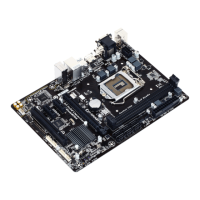
